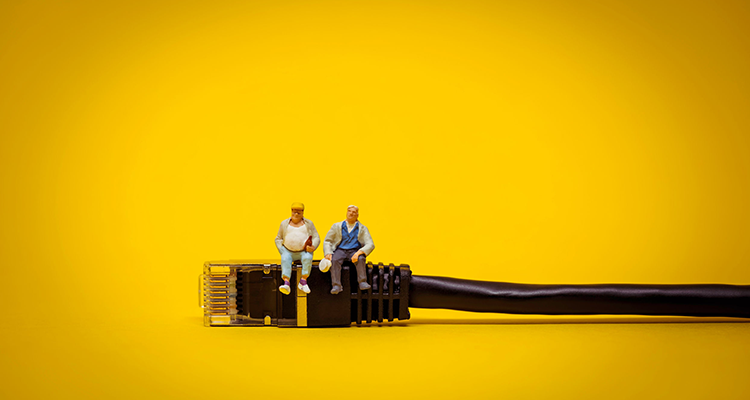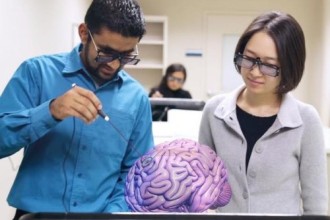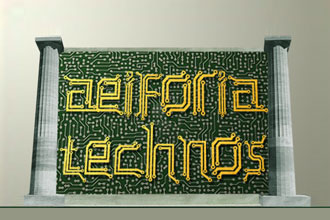LEED, Follow, or Get Out Of The Way, Part 2
By Brian E. Huff
Intro
LEED is the Leadership in Energy and Environmental Design Green Building Rating System, a national benchmark for the design, construction, and operation of high performance green buildings, started in 1998 by the U.S. Green Building Council. It’s a voluntary certification program for building owners and architects to improve performance in five key areas of human and environmental health:
· sustainable site development
· water savings
· energy efficiency
· materials selection
· indoor environmental quality
Part 2
In order to earn certification, a building must meet certain prerequisites and performance benchmarks (“credits”) within each category. Depending on the number of points achieved, the building can attain the following LEED status:
Platinum: 52 – 69 points
Gold: 39 – 51 points
Silver: 33 – 38 points
Certified : 26 – 32 points
|
Of course the overall goal is to reduce operating costs, support healthier and more productive occupants, and conserve natural resources. Many decisions must be made starting early and continuing though construction that may – or may not – allow the project to be awarded LEED certification once the building is complete. And there is often a cost implication that makes obtaining the points difficult and expensive – as much as 20% more expensive than typical construction costs. And that’s where the AV industry may be able to help. At my meeting, the architect had found a total of 21 points in their audit of the project – 5 points short of the minimum needed to attain basic LEED certification. Additionally, the project had an extremely tight budget, so the owner would not able to buy more LEED points in the form of better insulation, recycled building materials, water reuse systems, or other expensive eco-friendly luxuries. It occurred to me that with forty 350-watt video projectors going into the project, we might be able to use a networked AV management system to qualify for LEED “innovation points”. Innovation points are identified on page 80 of the USGBC’s Green Building Rating System for New Construction and Major Renovation, Version 2.2 (https://www.usgbc.org/ShowFile.aspx?DocumentID=1095). |
Currently, virtually all mass-market electronics manufacturers participate in the U.S. ENERGY STAR program:http://www.energystar.gov/index.cfm. However, with the exception of some flat-panel displays, there are few Pro AV products, and no video projectors on the market that are ENERGY STAR compliant. Apparently this is because ENERGY STAR hasn’t gotten around to defining specifications for projectors yet. ENERGY STAR’s oversight is split between the Environmental Protection Agency and the Dept. of Energy, and projectors will likely fall under the EPA’s purview. The EPA has been diligently working on more specifications for electronics, so it’s only a matter of time before this fast-growing product segment is eligible for the ENERGY STAR logo. |
|||
Needless to say, I had the entire table’s rapt attention when I brought it up. I can’t remember the last time anyone had that much interest in AV at a construction kickoff meeting.
In short, up to four (4) points can be awarded for identifying quantifiable energy savings by using technologies or strategies that demonstrate environmental or health benefits. We all know that users leave projectors on unattended for hours (days even), so the question is how to demonstrate how much energy could be saved by various techniques, such as using eco-mode, and auto shut-down sequencing. Based on the Sharp XR-10X (rated #1 by popularity in conference room and educational projectors over 1200 lumens by Projector Central in October 2006), I found that:
· In full-brightness mode (350 watts) at 40 hours per week, 48 weeks/yr., annual power consumption would be about 672 kilowatt hours per year.
· In eco-mode, (305 watts), the same usage would consume only 586 kilowatt hours, a 13% energy savings, per unit.
· By switching to eco mode, the lamp life increased 50% from 2,000 to 3,000 hours.
Multiplied by the forty projectors in the project, a savings of 86 kilowatts hours would only be about $344 per year, based on the US commercial average price of electricity of 10 cents per kilowatt hour. But, by including lamp costs, the savings work out to be over $9,300 per year in power and replacement lamps. You could go one step further and calculate how much would be saved from lower building cooling costs when in eco-mode (6,800 BTUs less, for my project), and the savings to the environment for not having to manufacture and dispose of as many lamps over the life of the projector.
This logic could be expanded to the selection of power efficient amplifiers, routers, interfaces, control systems and touch panels. Another opportunity could be the use of AV control systems to intelligently operate shade and sun screen motors to reduce annual heating and cooling costs, and by using power sensors to eliminate the need to leave equipment running 24/7, (See ENERGY STAR sidebar).
Other ideas include lowering standby power consumption, publishing RoHS (Restriction of Hazardous Substances) and life expectancy data on all products, and initiating product recycling programs. You can probably think of more ideas, these are just what come to mind as I write this.
Ultimately, consultants, manufacturers, and integrators could show, by the use of their products and services that Pro AV systems can assist in the attainment of LEED certification in an area that at the moment is almost entirely overlooked both by the architectural design community and the AV industry at large. Personally, I can’t think of a more instantaneous competitive advantage for manufacturers, or a more unique AV integration approach in the world of sustainable conservation trends.
Oh and by the way, it would also be good for the environment.
______________________________________
Brian E. Huff, CTS-D has over 24 years of experience designing and specifying audiovisual systems for education, corporate, and government clients. Brian holds a High Technology MBA from Northeastern University, is an ICIA CTS-D and a member of AES and SMPTE.
He can be contacted directly at (610) 476-1734.





